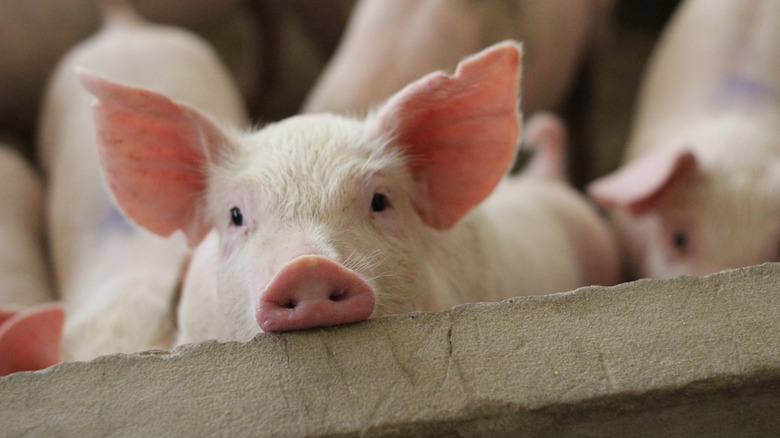How Video Gamers Are Helping To Combat Food Contamination
Mars, Incorporated — the makers of M&Ms, Twix, and 3 Musketeers — had a problem. Aflatoxin, the carcinogenic product of mold, afflicted the raw food supplies needed to make their products. At one point, as their Chief Agricultural Officer Howard Shapiro told Smithsonian Magazine, they had to reject up to 70% of shipments from a supplier stricken by the substance. This is not to mention the economic devastation done to the economies of countries that grow the peanuts.
However, aflatoxin is a problem that any member of the global public can help solve as researchers belonging to the University of Washington's School of Medicine have created a free online computer game called Foldit that Mars, Incorporated has helped sponsor. The point of the game, as Brian Koepnik explains in a video shared on Eurekalert, is to challenge players to create new proteins, thereby skipping the millennia nature needs to evolve new proteins that may neutralize aflatoxin. These newer proteins can do more than deal with aflatoxin. They can be used in treatments for cancer or infectious diseases.
What Koepnik notes most about the people involved is that very few of them come from the biochemist background one would associate with developing proteins for these purposes. Rather, they are simply people who enjoy fiddling with puzzles. "Foldit players are great at discovering the limits of our software and exploring new ideas that people at the institute would never dream of," he said.
Gamers have assisted with other research issues
The idea behind Foldit — which is that you can translate a needed part of research into a game — also fuels the University of Vermont's research into curbing animal diseases. "We've come to realize that human decisions are critical to this picture," Gabriela Bucini, a postdoctoral researcher, said in the university's press release.
So, they made a game in which people play as pig farmers presented with maximizing profit or minimizing risk. They also included different types of warnings, such as offering some players a percentage of risk while showing others a threat gauge. The point of this game was to see without the bias of more institutional-styled surveys how people naturally react to situations where reward comes with uncertain risk. This information could then be used to create new communication tools that would disincentivize over risky behavior.
"We're changing people's willingness to obey rules from 30 percent to over 80 percent of people following the rules by just changing the way we're talking about it in a situation," Scott Merrill, one of the researchers, told WCAX. It also shows, again, how transforming the question into a gamey problem can produce ideas that typical inquiries might miss.

